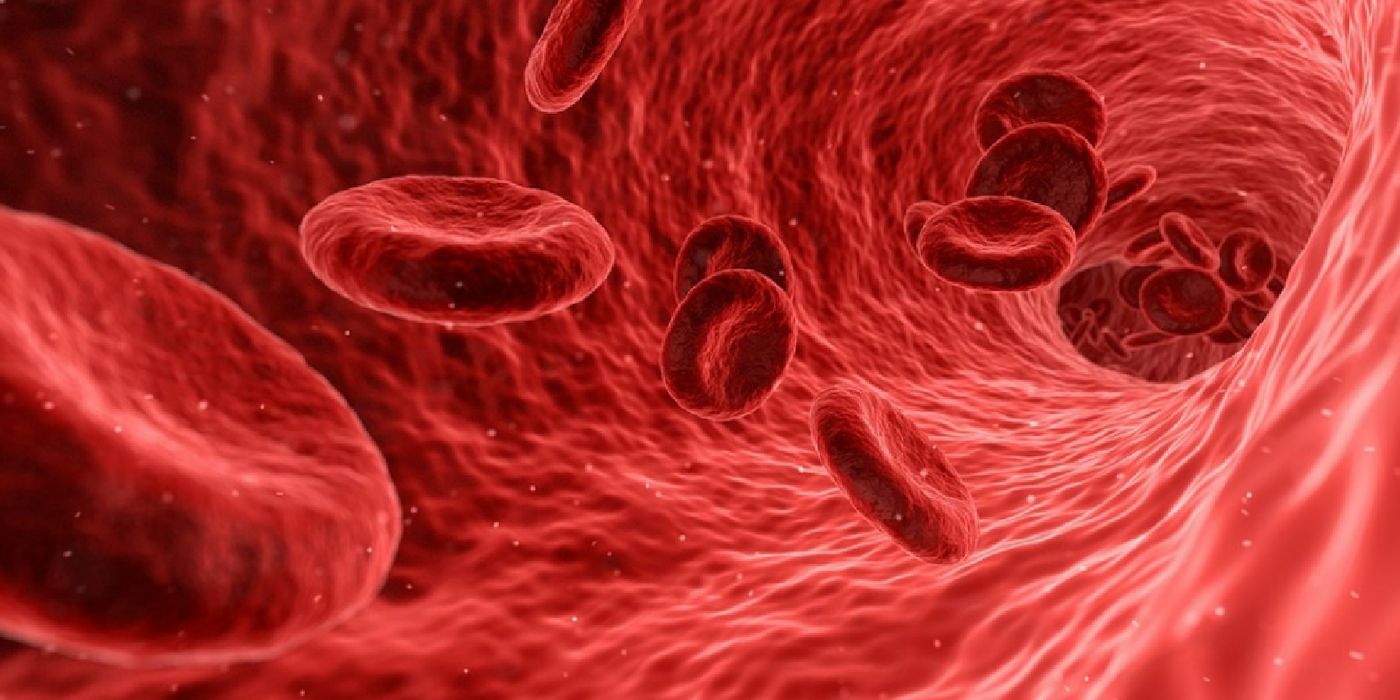A 3-in-1 Blood Test Brings Precision Medicine to Prostate Cancer
The cancer drug olaparib was recently shown to be effective in some types of advanced prostate cancer. Now, scientists say they’ve developed a blood test that will identify the men who would likely respond to this drug. Moreover, they say the same blood test can reveal whether patients are responding or if the cancer has mutated. The “three-in-one” blood test could be one of the most powerful gene-targeted, personalized therapy for prostate cancer to date.
Prostate cancer represents a huge health risk for half the world’s population, as it is the most common form of cancer in men. Current treatments for the disease are confined to the affected prostate tissue, commonly involving radiation and chemotherapy aimed at the cancer cells in the prostate, or surgical removal of the prostate itself. But the line of defense against prostate cancer may have strengthened dramatically with olaparib, a drug that specifically targets DNA-repair genes.
Olaparib is not a novel drug. Manufactured by Astrazeneca under the tradename Lynparza, olaparib was recently approved by the FDA as a cancer drug for ovarian cancers associated with BRCA1/2 mutations. In these types of cancers, there’s a propensity of the cancer cells to rely only on the enzyme poly ADP-ribose polymerase (PARP) to repair its constantly dividing DNA. The drug olaparib exploits this vulnerability and acts as a PARP inhibitor, effectively killing the cancer cells by allowing DNA damages to go unrepaired, while having no adverse effects on normal cells.
In a recent study by the Institute of Cancer Research in London, olaparib was given to a cohort of 49 men with treatment-resistant and metastatic prostate cancer. Within this cohort, 16 men showed tumor mutations in DNA damage-repair genes, including BRCA1/2, ATM, PALB2, CHEK2, FANCA, and HDAC2. The team reported significantly higher response rate to olaparib for these 16 men out of the group of 49, citing greater than 50% reduction in prostate specific antigen (PSA) levels, decreased prostate cancer cells, and shrinkage of secondary tumors.
To identify men who will benefit from olaparib, researchers analyzed cancer DNA circulating in the blood. Men with mutations in DNA damage-repair genes were more likely to respond to olaparib.
The team also noticed that analyzing the levels of the circulating tumor DNA after olaparib treatment could predict response. Specifically, patients who showed response to the drug had a 49.6 percent drop in the levels of circulating tumor DNA. By comparison, men who did not respond to the drug actually showed an increase of 2.1 percent in circulating tumor DNA levels. Those with a reduction in circulating tumor DNA survived an average of nearly 7 months longer.
By monitoring the patient's’ circulating tumor DNA, the team could also pick up new genetic mutations that would make the cancer resistant to olaparib. This information could prompt doctors to change course of therapy, effectively staying one step ahead of the cancer.
"From these findings, we were able to develop a powerful, three-in-one test that could in future be used to help doctors select treatment, check whether it is working and monitor the cancer in the longer term. We think it could be used to make clinical decisions about whether a PARP inhibitor is working within as little as four to eight weeks of starting therapy,” said Dr. Johann de Bono, the study’s senior investigator. "Not only could the test have a major impact on treatment of prostate cancer, but it could also be adapted to open up the possibility of precision medicine to patients with other types of cancer as well."
Through active surveillance and screening, the mortality rate for prostate cancer has dramatically been reduced. However, prostate cancer remains one of the top leading causes of cancer-related deaths for men worldwide. The current study represents a huge achievement for prostate cancer treatment, identifying olaparib as a highly targeted prostate cancer drug. The study has also added to the groundwork for future clinical therapy that’s based on individual genetic profiles.
Additional source: BBC, Institute of Cancer Research









